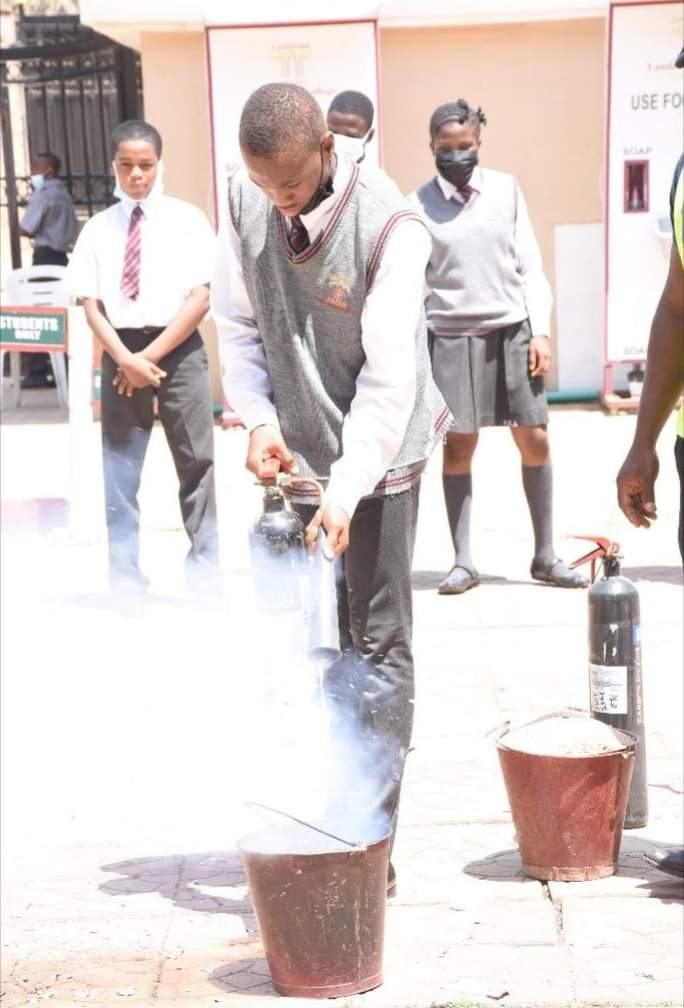The safety of students at school is an overarching concern for parents, educators, and the community at large.
A secure school environment not only facilitates effective learning but also offers peace of mind to all stakeholders.
Physical Security Measures
a. Access Control: One fundamental aspect of safeguarding students is implementing stringent access control measures. Schools should establish clearly defined entrances and exits with controlled access points. Visitors must check-in at the front office and wear identification badges during their time on campus. This ensures that only authorized individuals can enter the school premises.
b. Surveillance Systems: The installation of security cameras throughout the school serves a dual purpose. Not only do these cameras act as deterrents for potential threats, but they also provide a means to continuously monitor activities in and around the premises. It is imperative to maintain and regularly review these surveillance systems to ensure their effectiveness.
c. Fencing and Perimeter Security: Maintaining secure fencing around the school is crucial in establishing a clear boundary and discouraging unauthorised entry. Adequate lighting in parking lots and outdoor areas is equally essential to enhance security and reduce blind spots that could be exploited by wrongdoers.
d. Lockdown Procedures: Schools must have well-defined lockdown procedures in place to address emergencies, such as the presence of an active shooter. Regular drills and training for both students and staff are vital to ensure that everyone knows how to respond calmly and efficiently in the face of a crisis.
Emotional Well-being
a. Bullying Prevention: Creating a safe and inclusive environment through anti-bullying programs is paramount. These programmes should emphasise the importance of treating all students with respect and kindness. Training staff to recognise signs of bullying and intervene promptly is a proactive step in this regard.
b. Counseling Services: Providing students with access to mental health professionals is essential for addressing their emotional well-being. Students should feel comfortable seeking help when dealing with issues such as anxiety, depression, or stress, which can impact their overall safety and welfare.
c. Peer Support Programmes: Encouraging peer support and mentorship programs can help students feel connected and supported by their peers, thus reducing the risk of emotional distress and isolation.
d. Inclusive Education: Promoting diversity and inclusion within the classroom fosters a sense of belonging among all students, significantly reducing the risk of exclusion and emotional harm.
Effective Policies and Procedures
a. Emergency Response Plans: Schools should have well-documented emergency response plans that cover a range of potential scenarios, including natural disasters and violence. Regular drills and updates to these plans are essential to ensure that everyone is well-prepared to respond swiftly and appropriately in times of crisis.
b. Reporting Mechanisms: The establishment of anonymous reporting systems for students to report safety concerns or threats can be instrumental in identifying potential issues before they escalate, thereby proactively maintaining a secure environment.
c. Staff Training: Ensuring that teachers and staff are trained to recognize signs of distress or potential threats is a crucial element of student safety. This training can encompass de-escalation techniques and effective communication strategies to defuse potentially harmful situations.
d. Collaboration with Law Enforcement: Building a robust relationship with local law enforcement agencies is indispensable. Law enforcement can provide guidance on security measures and be readily available in case of emergencies, adding an additional layer of protection.
Community Involvement
a. Parental Engagement: Active engagement with parents and guardians in their child’s education and safety is vital. Schools can hold regular meetings, workshops, and communicate effectively to keep parents informed and involved in ensuring their child’s safety.
b. Neighborhood Partnerships: Collaborating with the local community, neighborhood watch programmes, and businesses can create a safer school environment. Community members can contribute to physical security and provide emotional support, thereby forming a collective network for the safety and well-being of students.
In conclusion, ensuring the safety of students at school necessitates a multi-pronged approach. The integration of physical security measures, support for emotional well-being, formulation of effective policies and procedures, and active community involvement collectively play a pivotal role in maintaining a secure and conducive learning environment.
It is a collective effort, involving school administrators, teachers, parents, and the broader community, that ensures the safety and well-being of our students, safeguarding their present and future.














